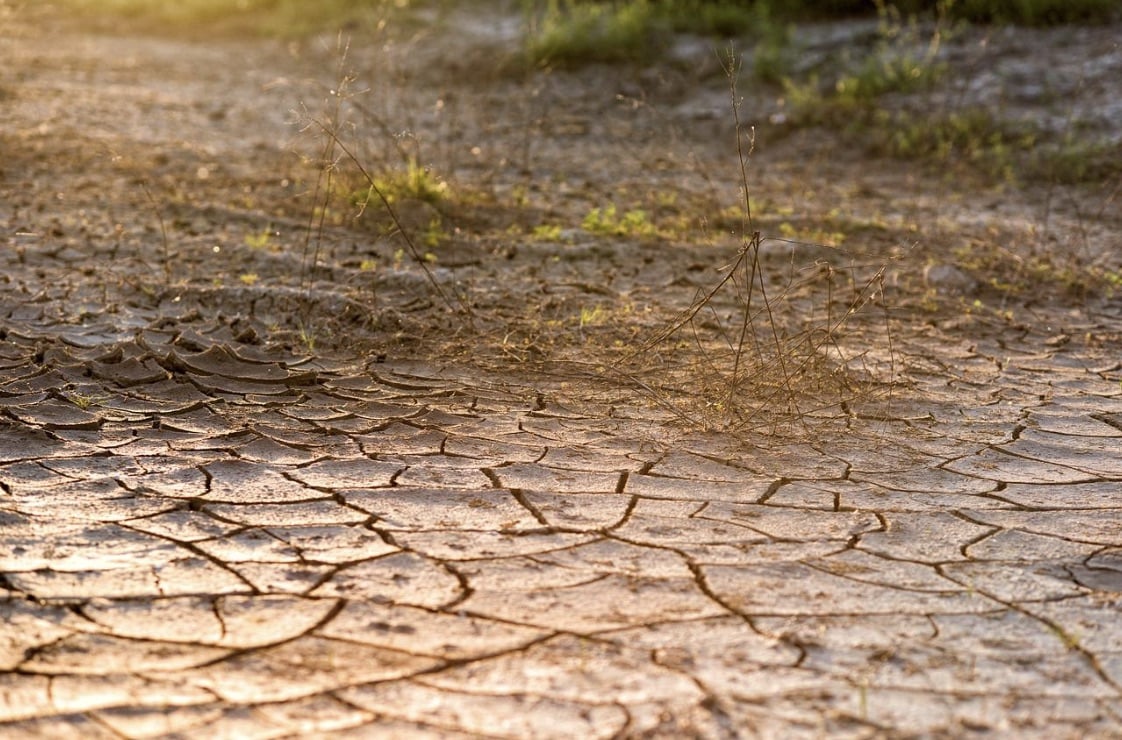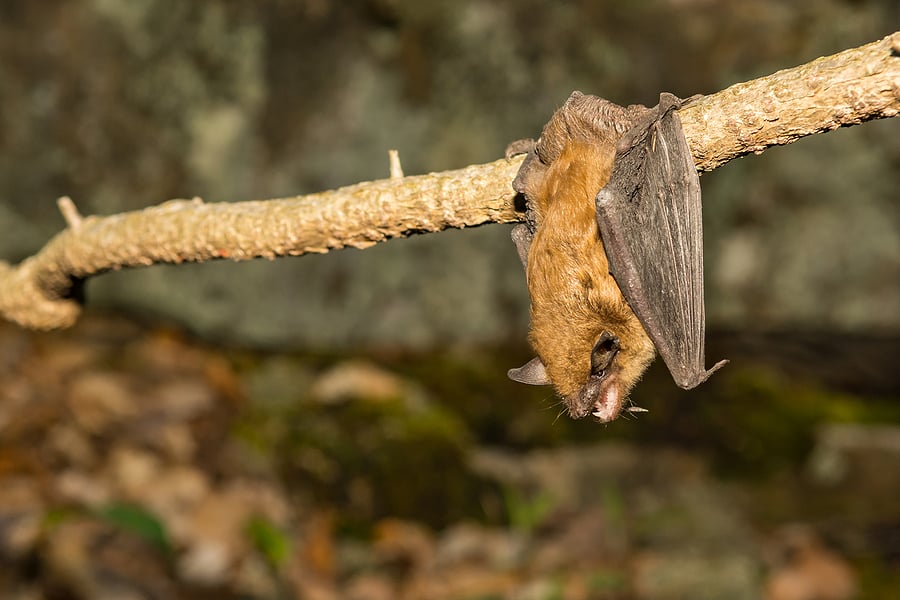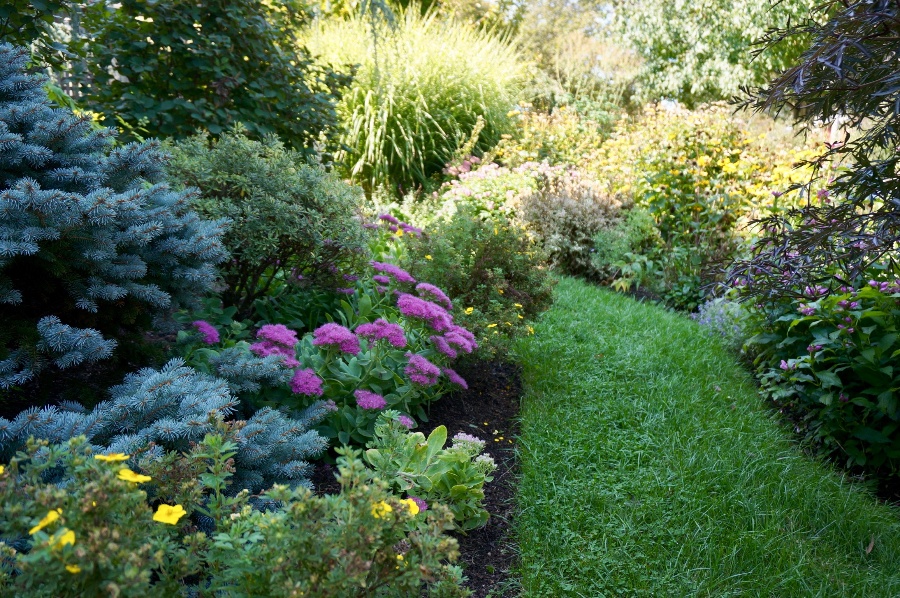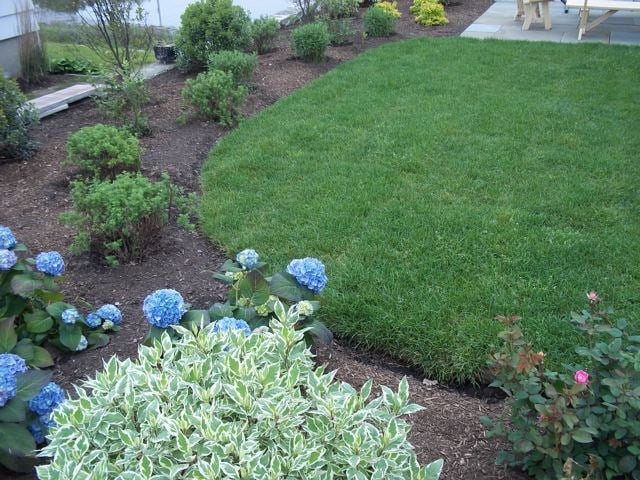There are few better feelings than getting outside and getting lost in your garden. No matter what the task at hand involves, from pruning and weeding to ensure your beds look beautiful, it’s an amazing feeling to create something beautiful, productive, and alive -- but like all great creative endeavors, you need the know-how to do it well.
Here are some easy-to-follow gardening tips to help to ensure your gardening experience is the best it can be:
Know your site
Knowing your local environmental conditions and weather are key for creating and maintaining a healthy, vibrant garden. Understanding your local weather patterns and conditions, soil content, the amount of sunlight and precipitation you receive, wind, and other natural elements that will affect what and how things grow in your neighborhood all contribute to making gardening easier and more pleasurable.
Know your hardiness zone
Your geographic location has an official USDA Hardiness Zone designation to help you identify the types of plants best-suited for growing in your area. Before you buy any plants for your garden, make sure its hardiness zone number matches yours.
Grow the right plants in the right places
A basic garden mistake is failing to understand your plants’ needs. How much sun, shade, moisture, and food do they need? What type of soil do they prefer? A comprehensive soil test is highly recommended to match the right plants with your soil type and condition.
Soil preparation
In addition to applying the knowledge you’ll gain from a good soil test, it’s vital that you prepare your soil to receive your new plants. Loosen the soil and make the necessary amendments to balance its condition so that your plants can easily take root, grow, and prosper.
Know what you grow
Many gardeners make the mistake of buying plants because they look attractive at the time of purchase. But do you know how big your plants will get and how their appearance will change as they mature? Anticipate what they’ll look like and how much room they’ll need as they grow so you can plant them to maximize your garden’s appearance as it evolves.
Mulch
This critical layer of organic material is crucial to your garden’s health and wellbeing. A three-inch layer is highly beneficial for your plants’ growth and protection.
Water
There is nothing more fundamental to your garden’s health than proper watering. Know how much water your plants need and then make sure they receive it through a combination of natural moisture (rainfall as well as groundwater moisture) and human assistance from something as sophisticated as an automatic irrigation system to as simple as a watering can or hose.
Expertise
Not fully confident in your gardening abilities? Don’t be afraid to ask for help – from a professional, a knowledgeable friend or neighbor, or even Google. There’s lots of help available from a wide range of sources. All you have to do is ask.

Your Garden, Your Style: What kind of garden is best for you?
Gardening is a great way to express your personal style and sense of creativity. There are virtually unlimited possibilities for creating a garden that is uniquely yours. To get started, however, there are several basic categories that can help you focus on what especially appeals to you. Let’s take a brief look at some of the most popular types:
Simple Gardens
If you’re just getting started with gardening, it may be best to focus on the fundamentals at first to get a feel for it, starting with just enough elements and colors to achieve an aesthetically pleasing garden. The most basic principles of garden design include simplicity, rhythm and line, proportion, balance, and focal points. Every gardener should follow these principles in order to achieve a garden space that is both visually pleasing and an enjoyable outdoor space.
Rhythm and line
Rhythm is a sense of motion created from the elements in your design, leading the eye naturally through your garden. This is achieved through the use of colors, forms, and lines. Lines create patterns in texture, color and shape that further help control movement, causing your eyes to linger, wander, or jump from place to place, depending how subdued and calming or vibrant and lively your garden appears.
Proportion and scale
In landscape design, proportion and scale are defined, respectively, as the relationship of the plants and landscape elements to buildings and the surrounding area, and the size (and visual weight) of these elements. The challenge with scale and proportion is that plants grow, so your context is always changing. For example, the delicate sapling that looked so graceful when you bought it turns into a large tree that crowds your house and shades the rest of your garden. Or the tiny fountain that disappears when placed in the middle of a large garden. When garden elements are not in proper proportion or scale, your garden will look out-of-whack.
Balance
There are two types of balance, formal (symmetrical) and informal (asymmetrical). Formal arrangements have the same types of plants on either side. Informal arrangements include plantings that are not alike on either side.
Focal point
This design element helps unify a garden design by using a central object to draw attention; for example, a fountain, statue, or dramatic planting.

Texture and Color Gardens
Texture and color play significant roles in the human experience -- color can excite emotion and feeling while texture stimulates the senses. Certain colors evoke certain moods, such as the calming effect of pastels and other soft colors as well as the joy and happiness associated with brighter, livelier colors such as oranges, yellows, and reds. The creative use of color and texture can turn a boring space into a multi-dimensional sensory treat.

Shade Gardens
Planning a shade garden begins with choosing suitable shade garden plants and an understanding of the various types of shade and soil within these areas. By learning more about these factors and plants for shade gardens, you can turn any shady spot into a beautiful garden. Select plants that will tolerate shade with compact root systems so they don’t compete with the tree for nutrients and adjust your watering to reflect the level of moisture in your shaded area. Different areas will have different amounts of shade:
- Light shade, when it is open to the sky but with no direct sunlight
- Semi-shade, where it receives three to six hours of direct sun in mid-summer
- Dappled shade, with diffused light from deciduous trees
- Moderate shade, with two to three hours of midsummer sunlight
- Deep shade, under a dense evergreen tree canopy with less than two hours of sun

Woodland Gardens
The plants used in a woodland garden are species which enjoy the shade, and can successfully compete for water with trees. Many of the tips used for shade gardening apply to woodland gardens as well. Native plants are often a good choice for a woodland garden because they are adapted for the conditions -- plants such as hostas, rhododendrons, lungwort, trilliums, viburnum and dogwood. Features such as rocks, stumps, small ponds, streams, and natural stone pathways can make the space more visually interesting and interactive.
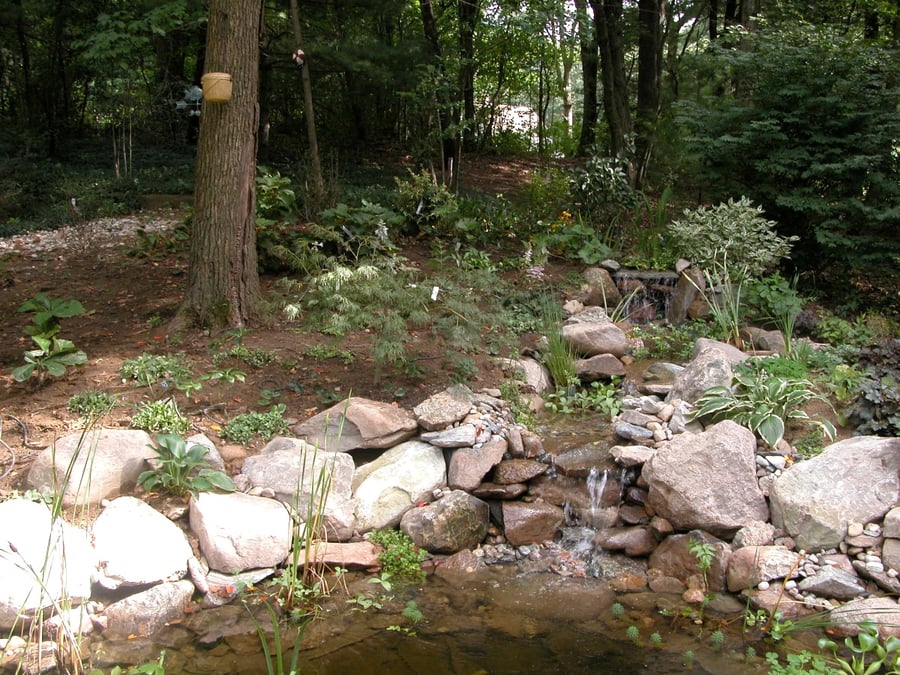
Edible Gardens
Mention edible gardens and most people think about tomatoes, zucchini, carrots, cucumbers, strawberries, watermelon and the other traditional fruits and vegetables typically found in your neighborhood gardens. But edible gardens can be so much more, providing nuts, herbs, wild flowering plants, and berries, to name a few. Edible gardens can be remarkably small, grown in window and deck-rail planters as well as large vases, even old wheelbarrows and antique tubs. Or they can be larger, raised garden beds built to suit specific produce-generating needs.

Strolling Gardens
A well-designed strolling garden enables you to engage all of your senses as you experience the sights, sounds, and smells while you stroll. The right plant choices can heighten whatever effect you’d like to create. Choose native plants and include some height with them to encourage exploration in a “wild” place. Or go for a more cultivated and managed space with colorful flowers and sculptured shrubs for a more romantic, and even elegant, stroll.
Get creative. Create paths that enable the stroller to wander and discover experiences on their own or walkways that lead to specific destinations, such as a secluded bench, an intimate sitting area for relaxation and conversation, even a firepit for weekend gatherings or an evening around the fire under the stars. Use your imagination for pathway materials – utilize stumps, logs, or river stones to create an adventure in strolling.
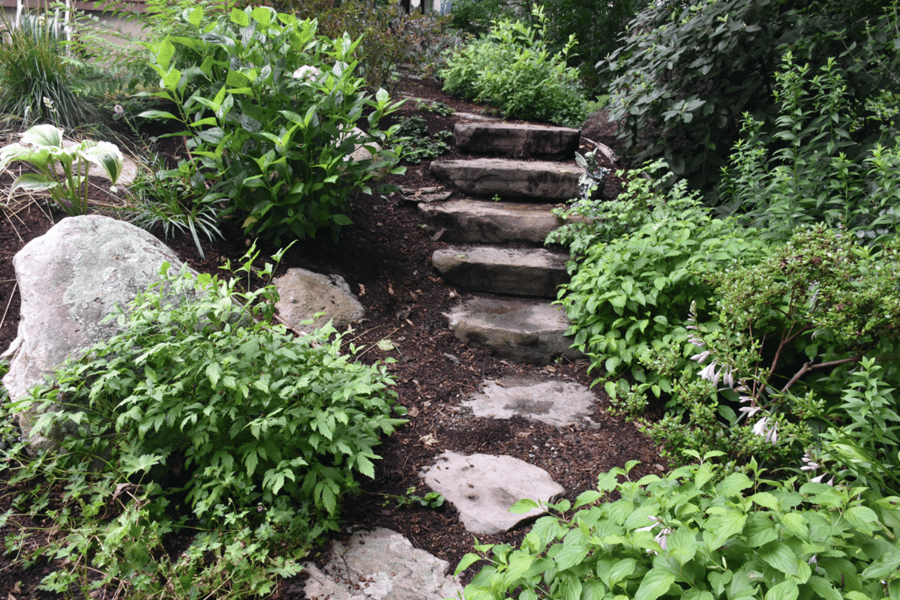
Healing Gardens
While healing gardens may be associated mostly with healthcare facilities, any garden can become a healing garden if it promotes a sense of wellbeing and pleasure. Plants that engage the senses and evoke pleasant memories such as childhood or a grandparent’s garden are perfect elements to include in any garden, whether it’s a patio planter or a full-blown backyard garden.
Gardens are particularly effective at creating a calming and meditative environment that encourages healing because humans are genetically predisposed to find nature engrossing and soothing. Key elements common to most healing gardens are features that promote passive engagement, such as:
- plantings that attract birds and butterflies as well as certain insects and bees
- quiet water features, including bubbling fountains, reflection pools, and trickling streams
- secluded sitting areas
- winding paths for strolling

Some final thoughts
Gardening offers many benefits and rewards, but you won’t enjoy them if you don’t enjoy what you’re doing. Make gardening fun and you’ll find it to be a pleasurable engagement throughout your life. Keep it simple, keep it enjoyable, and you’ll be immeasurably rewarded.
Download our Landscape Design eBook for more ideas and information on transforming your landscape.














